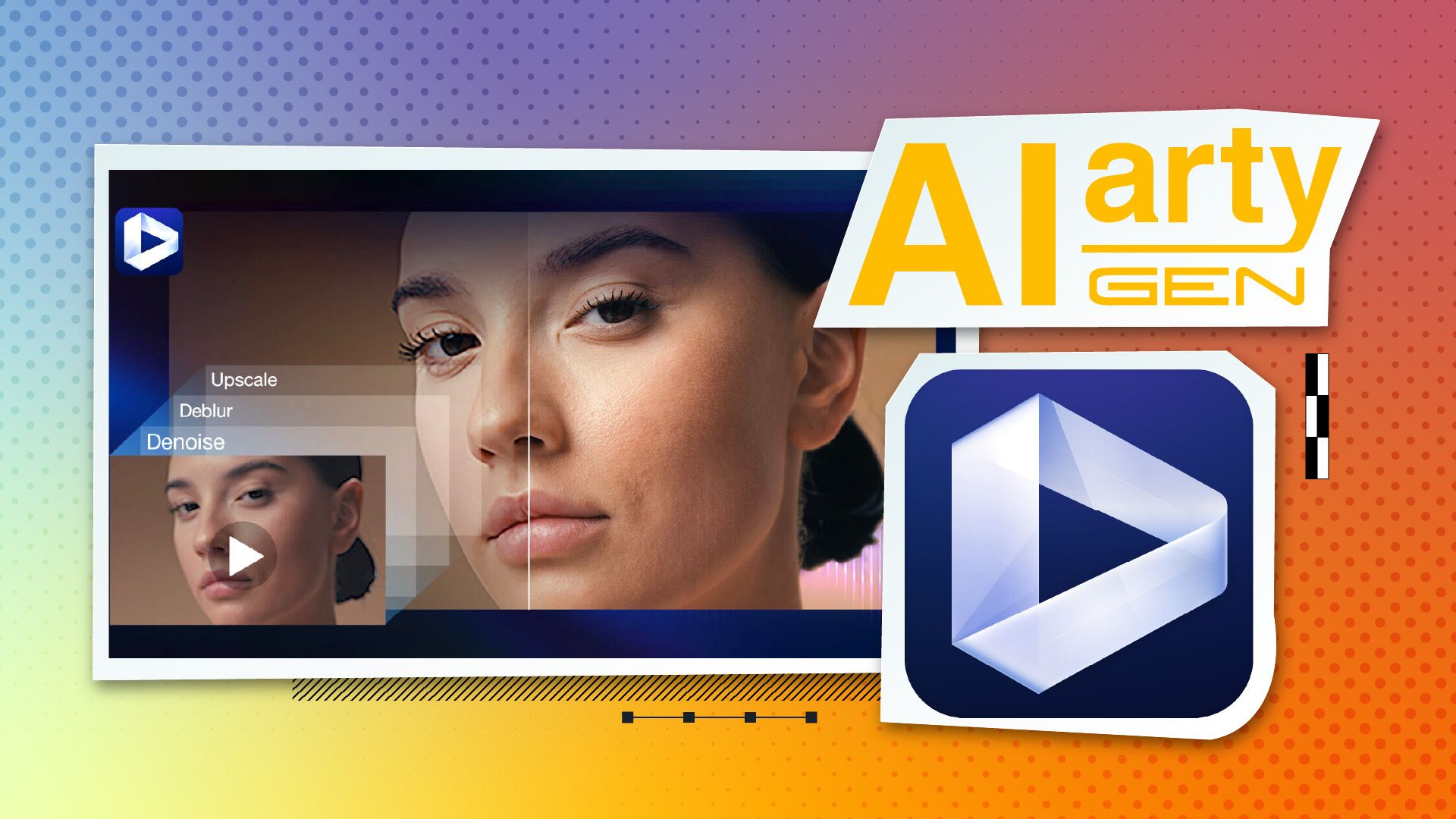Aiarty Video Enhancer brings professional-grade AI restoration directly to your desktop, eliminating cloud dependencies while delivering real-time processing speeds that rival expensive cloud-based solutions.
The new software from Digiarty Software's AI division targets a growing pain point in post-production: salvaging imperfect footage without surrendering control over sensitive material or waiting for cloud uploads. Built on AI models trained with over 9.48 million HD/4K images and 120 hours of video, Aiarty promises to clean up everything from low-light noise to compression artifacts—all while running entirely offline.
Behind the Lens: Advanced AI models tackle the most common footage problems without internet dependency
Aiarty's core strength lies in its hybrid approach to AI enhancement. The software deploys three specialized models, each targeting different restoration challenges:
moDetail-HQ v2 combines diffusion and GAN architectures to restore fine textures in faces, hair, and natural elements
Smooth-HQ v2 focuses on gentle noise removal while preserving natural skin tones and colors for everyday footage
superVideo vHQ tackles extreme low-light conditions like night skies and dim interiors where aggressive denoising is critical
The software can upscale videos to 2K or 4K resolution, generate new frames for smoother motion up to 120fps, and includes an AI Audio Enhancer for basic noise removal. Real-world testing shows impressive performance metrics, with a 25-minute 2K-to-4K upscale completing in just 25 minutes using Turbo mode on an RTX 5090 GPU.
Production Ready: GPU acceleration and batch processing designed for professional workflows
Performance optimization sets Aiarty apart from many AI tools that struggle with longer clips or multiple files. The software leverages TensorRT 10.9 and CUDA's asynchronous processing for parallel frame rendering, keeping GPU usage high and consistent rather than processing frames sequentially.
Key workflow features include:
Batch processing for handling multiple files or entire folders simultaneously
Smart duplicate detection to avoid reprocessing already-enhanced footage
One-click defaults that deliver professional results without parameter tweaking
Full GPU acceleration optimized for NVIDIA RTX 30, 40, and 50-series cards
The offline-first approach addresses a significant concern for productions working with sensitive material or in locations with limited connectivity. Unlike cloud-based alternatives, Aiarty processes everything locally, maintaining complete control over footage throughout the enhancement process.
Market Focus: Targeting the gap between consumer tools and high-end restoration suites
Aiarty enters a competitive landscape dominated by Topaz Video AI, Adobe Premiere Pro's AI features, and DaVinci Resolve's Studio version. The company claims several differentiators that could appeal to mid-tier professionals:
Processing speed that's reportedly 3x faster than traditional solutions on modern GPUs
Accessibility through intuitive interfaces that don't require extensive technical knowledge
Privacy protection with fully local processing that respects data sovereignty
Cost efficiency with pricing starting at $79 annually or $165 for a lifetime license
The software supports major video formats and includes cross-platform compatibility, accommodating most broadcast, consumer, and archival workflows. Early reception from industry publications has been positive, with particular praise for batch processing capabilities and consistent application of enhancement settings across large projects.
The Final Cut: Local AI processing could reshape how independent productions approach post-production budgeting
Aiarty’s offline processing focus reflects a shift toward desktop-first AI tools, ideal for handling sensitive content or low-bandwidth environments. Its pro-level results and affordable pricing could make high-quality video restoration accessible to smaller productions—though modern GPU needs may deter some users. As AI tools evolve, restoration and creative enhancement are merging, making footage salvage as routine as color correction and reshaping post-production workflows.


